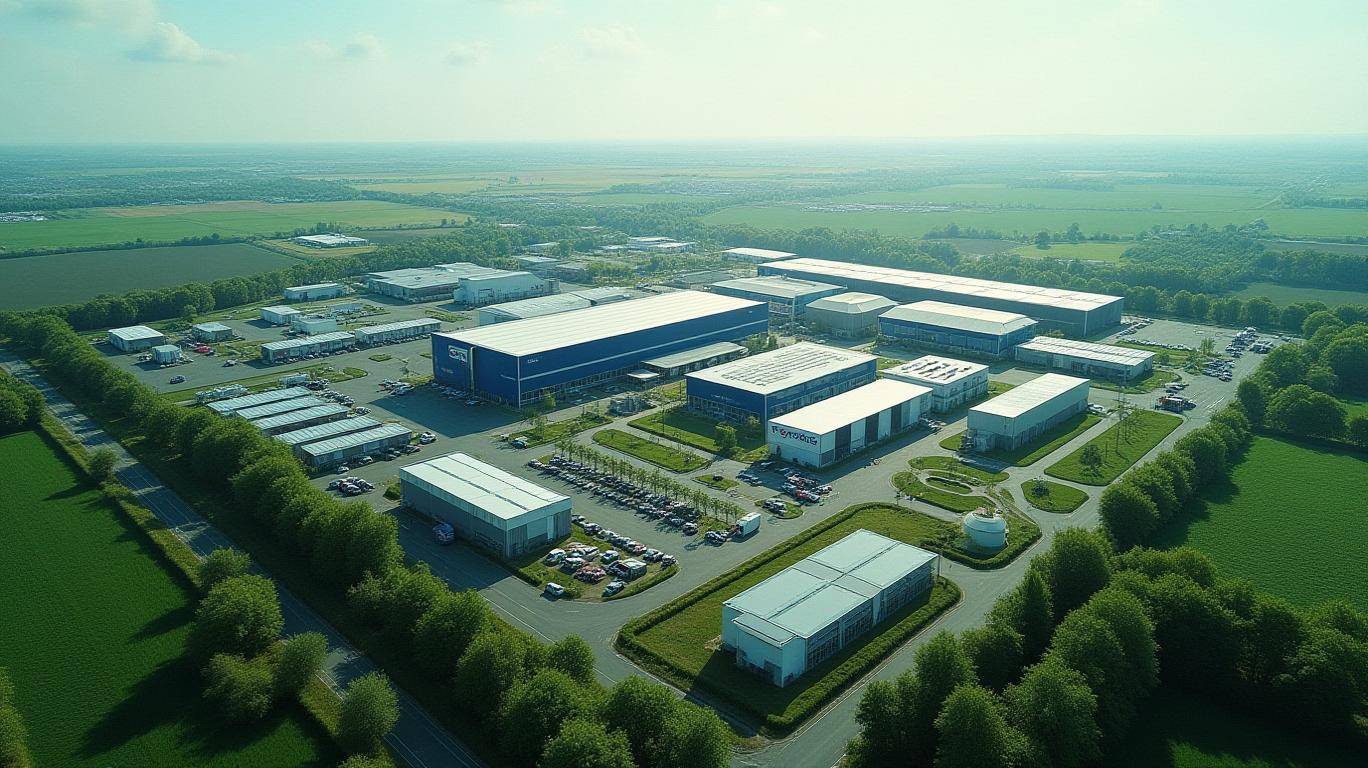PepsiCo’s Strategic Resilience: Navigating ESG Realities in a Resource-Constrained World
The era of ESG idealism is over. Investors are no longer swayed by glossy sustainability pledges alone; they demand proof of adaptability in the face of systemic constraints. PepsiCo’s recent revisions to its sustainability targets—extending its net-zero timeline and recalibrating packaging goals—reveal a corporate strategy that prioritizes strategic resilience over symbolic ambition. For investors, this shift signals a path to long-term value creation in an ESG-driven economy where infrastructure, regulation, and science set the boundaries of possibility.
The New ESG Reality: When Ambition Meets Infrastructure
PepsiCo’s decision to push its net-zero target from 2040 to 2050 reflects a stark truth: climate goals are only as credible as the systems enabling them. The company now aligns its trajectory with the Science Based Target Initiative’s (SBTi) stringent 1.5°C pathway, incorporating frameworks like FLAG (Forests, Land, and Agriculture) and Energy & Industry (E&I) emissions. While critics may dismiss the timeline extension as a retreat, it underscores a critical insight: decarbonization requires not just corporate will, but global infrastructure transformation.

Consider packaging: the company’s original 20% reduction in virgin plastic by 2030 has been replaced with a 2% annual reduction in key markets through 2030. This adjustment acknowledges the uneven global rollout of recycling infrastructure. For example, India only recently permitted recycled PET (rPET) in food packaging in 2023, while China’s regulatory lag continues to stifle progress. By focusing on 97% reusable, recyclable, or compostable (RRC) packaging by 2030,
avoids overpromising in regions where systemic barriers remain.Investor Confidence: Pragmatism > Perfection
The market’s reaction to PepsiCo’s revised targets offers a preview of ESG’s evolving valuation metrics. A 2025 study by Morningstar found that companies revising sustainability goals to reflect operational realities outperformed peers by 14% over one year, as investors prioritize credible commitments over aspirational ones.
PepsiCo’s recalibration also mitigates regulatory and reputational risks. By phasing out aggressive reuse targets (e.g., 20% via reusable models by 2030) in favor of RRC packaging, the company sidesteps the operational chaos of unproven business models. Simultaneously, its expansion of regenerative agriculture to 10 million acres by 2030—up from 7 million—demonstrates that resource constraints in one area can be offset by pragmatic advances elsewhere.
The Case for Adaptive ESG Portfolios
Investors must abandon the illusion of ESG as a binary “win” or “fail” game. The new playbook rewards companies that:
1. Align goals with scientific rigor and regional realities (e.g., PepsiCo’s SBTi-aligned net-zero path).
2. Reallocate capital to high-impact, scalable solutions (e.g., water stewardship in high-risk regions).
3. Avoid overcommitting to infrastructure-dependent targets (e.g., plastic reduction in markets without recycling frameworks).
PepsiCo’s adjustments also reveal a deeper truth: ESG resilience requires flexibility. The company’s shift to a 2035 target for 40% recycled content in packaging—versus the original 50% by 2030—reflects the time required to build global recycling ecosystems. This pragmatic approach contrasts sharply with competitors clinging to unachievable benchmarks, which risk credibility collapses when targets are missed.
Conclusion: The Pragmatist’s Edge in ESG Markets
PepsiCo’s revised targets are not a surrender—they are a strategic masterstroke. By extending its net-zero timeline to 2050 and recalibrating packaging goals to account for systemic realities, the company is positioning itself as the gold standard for ESG pragmatism. Investors should follow suit, reallocating capital toward firms that:
- Balance ambition with achievable pathways.
- Prioritize scalable solutions over symbolic gestures.
- Acknowledge infrastructure dependencies without underestimating innovation.
The ESG landscape is no longer about who pledges the most; it’s about who delivers the most meaningfully. For portfolios built to thrive in this new reality, PepsiCo’s adaptive strategy is a blueprint—and a buy signal.

Comments
No comments yet